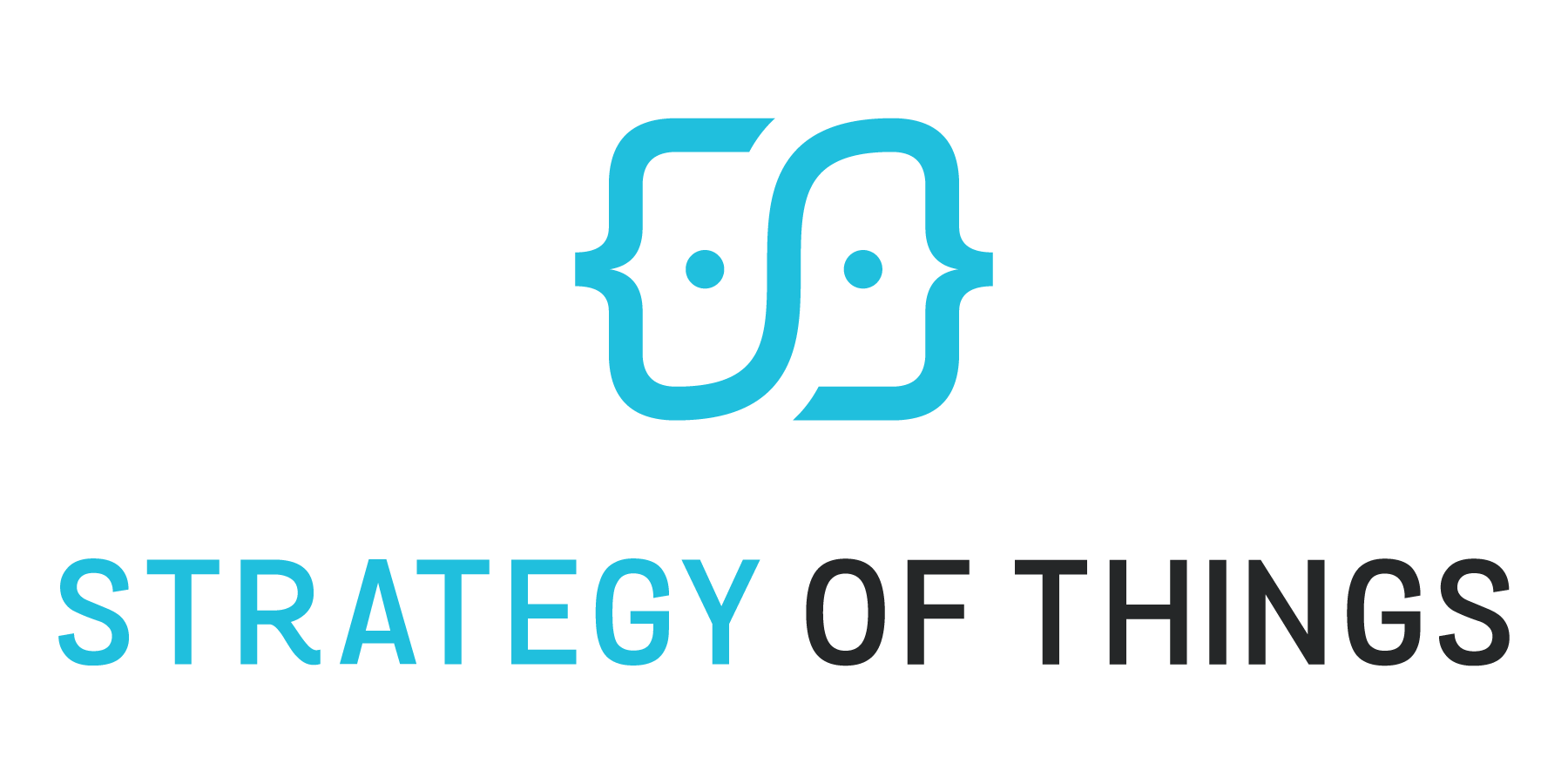The Generative AI opportunity for IoT (Internet of Things) Part Two
Generative AI for IoT provides significant value and transformational benefits for adopting businesses. However, generative AI is still an emerging and evolving technology, and its adoption brings a variety of challenges and risks to businesses considering its use.
This article provides business leaders with an overview and understanding of some of the key generative AI for IoT risks and possible mitigation approaches.







